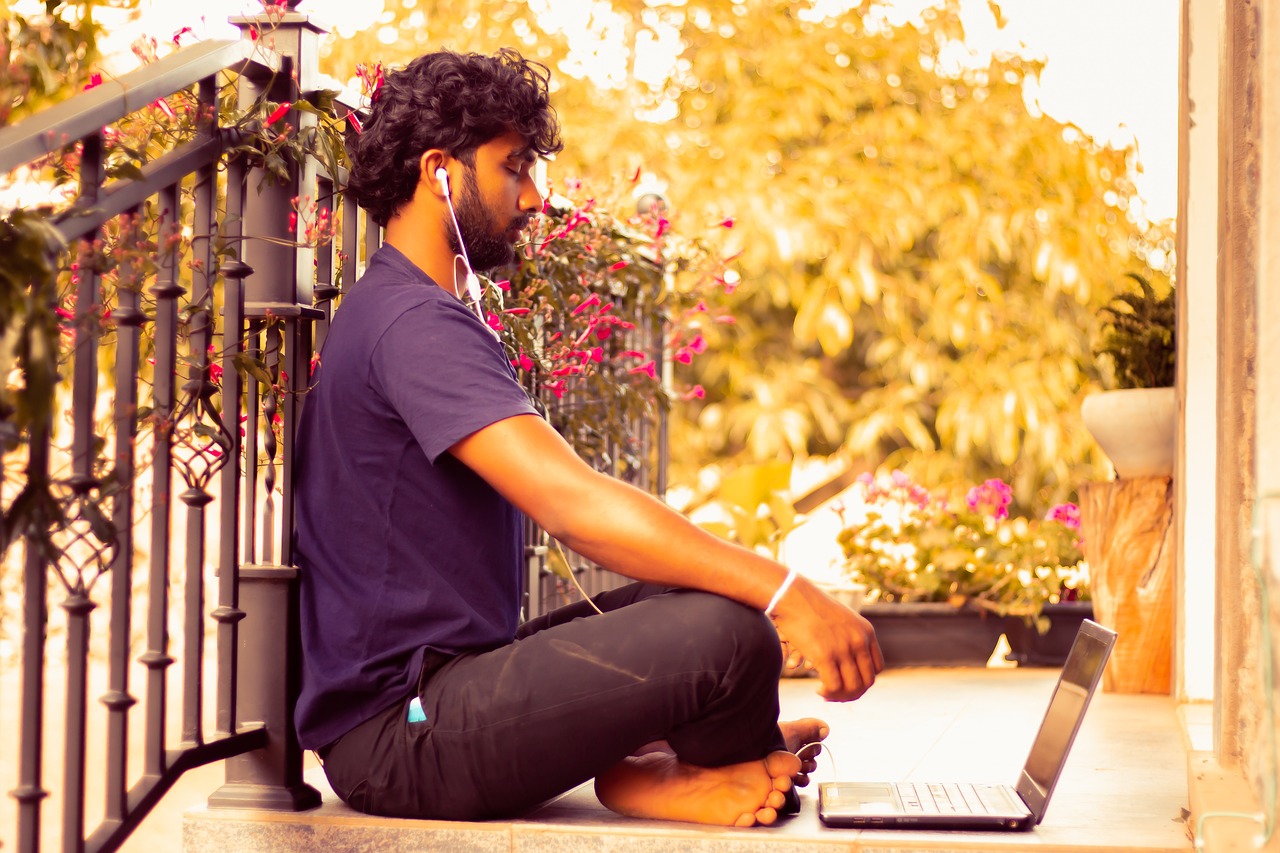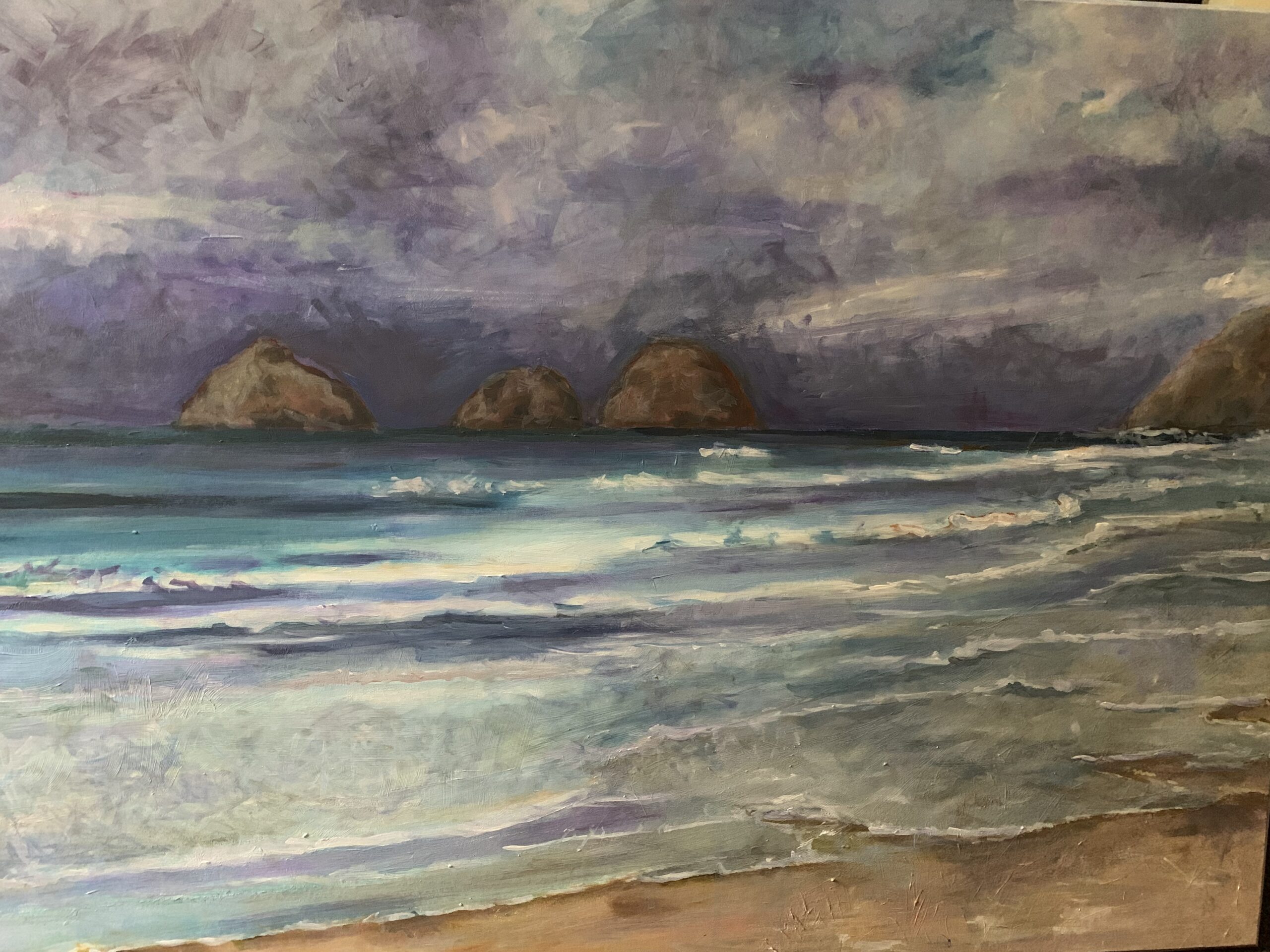It has been said that all women are healers. It is difficult to find the stories of women healers. I believe that the women of the Bible were healers. Midrash tells us that Sarah Imenu’s Shabbat candles burned from one Shabbat to the next, that her tent was always open and welcoming to all who came. I envision Sarah Imenu as a healer, her tent a haven for those in need of healing.
Wells are a symbol of healing. The Torah gives us vivid images of the meetings of Isaac and Jacob with their future wives, Rivkah and Rachel, at wells. There is the legend of Miriam’s Well. It tells us that as long as Miriam lived, a mysterious well accompanied B’nai Israel on their journeys. This well was a source of sustenance and healing.
The Torah refers to the midwives Puah and Shifra, and, according to midrash, Miriam herself was a midwife. Midwives were healers in ancient times and it is believed that their skills went beyond assisting women in birthing.
There is a midrash about Serach, Jacob’s granddaughter, healing her grandfather’s mental anguish with her music. It is said that the Prophetess Huldah stood at the gates of the city, teaching and “counselling” people. Could Huldah have been a healer, counselling people in need of mental and emotional healing?
There are documented records of women healers in medieval Europe, “most of whom were Jewish” (Siraisi, 2009, p. 27). These healing arts would have been practiced and passed down from generation to generation from the healing women in the Torah through to medieval times and down to our present day. There is a legacy of women healers in our faith, their stories often hidden, lost, unrecorded.
This meditation is dedicated to all women healers, past, and present. It honors women healers and caregivers from biblical times onward. It invites us to journey with these women and to draw inspiration from them in our healing work.
Sit quietly. Relax your body. Close your eyes. Take a few deep breaths, inhaling and exhaling slowly. As you inhale, imagine that you are breathing in waves of healing energy. Feel these waves flow through your entire body—like an ocean of healing light. As you exhale, envision any negative energy—any pain, tension, stress, fatigue—being released from your body, carried away on the soft wind of your breath, carried away on angel wings. With every breath, feel the narrow places within you opening, expanding, becoming filled with waves of deep relaxation and healing energy. Feel this happening in your feet, your legs, your hips, your hands, your arms, your shoulders. Feel this happening in the core of your body—your pelvis, your abdomen, your spine, your chest. Feel this happening in your neck, your head, and your face.
Envision yourself on a journey. Note your surroundings, the path you are traveling on. As you journey, you come upon a sanctuary. See yourself standing at the entrance of the sanctuary. Note what the sanctuary looks like, the color and texture of the walls, doors, windows. Now a woman opens the doors and invites you to enter. She tells you this is a Sanctuary of Women’s Healing Wisdom and she is a shomrah, a mishmeret, a guardian and protector of the sanctuary. As you cross the threshold with her, you feel a sense of calm and beauty. You note a soft, gentle, soothing light shining down from an opening in the ceiling. This is a light of healing. Below this you note a pool filled with clear, crystal water. These are waters of healing. All around you, you note beautiful vegetation adorning the sanctuary space. Their fragrance fills the air around you. These plants have the power to heal.
Now your guide takes you deeper into the sanctuary. She takes you to an alcove which holds a large scroll made of parchment. She tells you: “This is the Scroll of Women’s Healing Wisdom.” This scroll contains the hidden stories of women healers, the stories that have been lost through the ages. The shomrah opens the parchment scroll and begins to chant their stories.
As you hear their stories chanted, these women come to life before you. You see Sarah Imenu with her tent of healing, a luminous beacon in the ancient desert. You see Mother Leah tending her healing plants. You see Rivkah, Rachel, and Miriam with their healing wells. You see Serach playing her harp. You hear her sing her songs of healing. You see Huldah at the gates giving counsel to those in need of emotional healing. You see medieval women healers practicing their healing arts. As you hear their stories, you see many more women healers through the ages—nurses, doctors, midwives, counsellors—mothers, daughters, sisters, aunts, grandmothers. You hear a voice say: “All women are healers.”
And now another woman approaches you. This woman is a soferet, a scribe. She invites you to share your healing story. As you speak, she inscribes your story in this Scroll of Women’s Healing Wisdom. As your story is completed, you hear a voice say: “This is your sacred work.” Now you know your story to be imprinted on the scroll. Now you know you are part of the legacy of women healers. Now the scroll begins to glow. A stream of light flows from the scroll to you. Envision this light bringing you compassion and strength to do your sacred healing work. Envision this light flowing from you to those in your care. Envision this light bringing them hope, healing, courage, strength, and wholeness—complete healing (refuah shleimah)—healing of body and healing of spirit.
Hold on to these images as you now become aware once more of your breath and of the boundaries of your body. As you take a few deep breaths, become aware of the gentle rise and fall of your chest. Become aware once more of your physical presence. Then—whenever you are ready—slowly, gently open your eyes.
References
Adelman, P. V. (1996). Legend of Miriam’s Well. In: Miriam’s Well: Rituals for Jewish Women around the World. (pp. 69–70). New York: Biblo Press.
Frankel, E. (1996). Five Books of Miriam: A Woman’s Commentary on the Torah. San Francisco: Harper.
Minkowski, W. L. (1992). Women Healers of the Middle Ages: Selected Aspects of their History. American Journal of Public Health 82(2): 288–295.
Siraisi, N.G. (2009). Medieval and Early Renaissance Medicine: An Introduction to Knowledge and Practice. Chicago: University of Chicago Press.
Stein, D. (1990). All Women are Healers: A Comprehensive Guide to Natural Healing. Freedom, CA: Crossing Press.
Tallin, C. Doctors: Medieval. Jewish Women’s Archive. Found at: https://jwa.org/encyclopedia/article/doctors-medieval.











